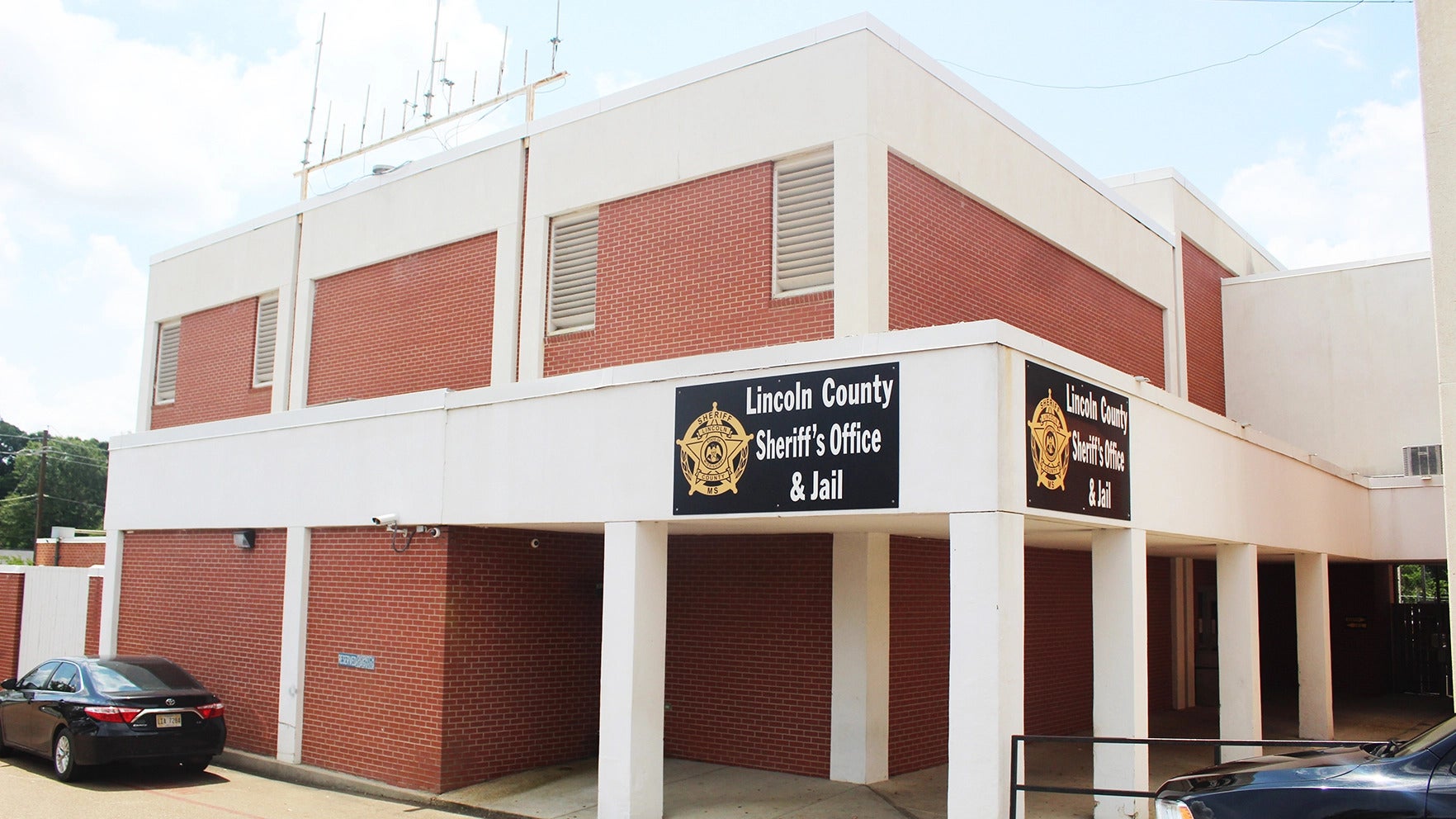School district budget may drop — Public hearing set for Monday for Lincoln County schools
Published 9:18 pm Friday, June 15, 2018
Officials with the Lincoln County School District expect the proposed budget for Fiscal Year 2019 to be about the same as last year and will likely not require an increase in ad valorem taxes.
A public hearing on the budget will be Monday at the Central Office, 233 East Monticello St., at 5 p.m. The public will have a time to address the board with questions or comments.
The school district is currently operating with a projected total budget revenue of $25.03 million, with slightly more than 18 percent of that coming from ad valorem taxes. For the next fiscal year, which begins July 1, the proposed budget has a projected revenue of slightly less, $24.78 million, with 17.9 percent or $4.43 million proposed to be financed through an ad valorem tax levy.
That’s a good-sized chunk that comes from local sources — ad valorem taxes — which are taxes paid on property like homes, car tags, business equipment and rental real property. Depending on how much money the district request from local sources — the Lincoln County Board of Supervisors — your taxes could increase.
While that’s not likely since the school board won’t be requesting the 4-percent increase that’s allowed by law, it still could happen, said District Financial Officer Sam Stewart.
The board asks for a dollar amount and Tax Assessor/Collector Blake Pickering assigns that amount to a millage, which is set by supervisors.
“We ask for a dollar amount, we don’t ask for a millage rate,” he said. “When I send my request over to the Board of Supervisors, they and Blake Pickering will assign a millage rate that they think will generate the amount I need for our school tax.”
There’s a mathematical science in deciding what that dollar amount should be, using homestead reimbursements, escrows, tax shortfalls, past ad valorem taxes to create a base, then adding estimated ad valorem on new property and the 4-percent increase if needed.
The board asked for the 4 percent last year because the district was coming out of a budget year that saw the Mississippi Legislature cut Mississippi Adequate Education Program funding at least three times.
“You’ve got to get it from somewhere,” he said.
MAEP was passed by the Mississippi Legislature in 1997 and is a law that provides a formula that is designed to ensure an adequate education for every Mississippi child — whether that child lives in a “wealthy” community or a “poor” one.
The MAEP funding went down some, but the district recouped some through increased interest rates on this year’s depository bids. That will make up some of the loss from last year and this year.
“Probably enough to make it about even,” he said.
Stewart expects $14.83 million to come from MAEP this year, which is down from $15.32 million last year. The district’s payout from MAEP is projected to be down half a million dollars after the district’s average daily attendance dropped by 141 students, which the district blames on last year’s massive flu outbreak.
Stewart said he is optimistic the district will be able to make back some of the lost funding through increased interest rates on this year’s depository bids, and he pointed out the schools were in decent shape to absorb the cuts after receiving a 4-percent increase in local tax funding last year. It’s too early to tell where the budget will shrink in response to the missing money, but he does not anticipate any changes to school staff.
“We won’t budget 100 percent of what they give us,” he said. “We’ll probably budget 95 percent of it.”
The district remains a little gun shy from the hits from MAEP in FY2016. Stewart works up his budget in pencil.
“It’s that kind of unknown that you try to plan for,” he said.
Stewart said the district doesn’t anticipate cuts to wages or personnel due to the budget needs. The district will also purchase one handicapped, wheel-chair-accessible bus that is air conditioned and two 71-passenger buses.
The district has grown its fund balance to $34 million, although that’s not money just sitting in the bank. Much of the money in the fund balance comes from timber sales and 16th section leases. The district must follow state law on what it can spend, which is usually the interest from the leases, Stewart said. The fund balance is equity the school district has — assets minus debt.
About 81 percent of the district’s expenditures are salaries and benefits. Stewart said there are no cuts to wages or personnel in the budget, and raises for teachers are mandated by the state.
Some revenue in the district will come from tuition by out-of-district students, who each pay $600 a year to attend school within the district. The revenue from tuition amounts to about $57,000, which is equivalent to a teacher’s salary and benefits.





